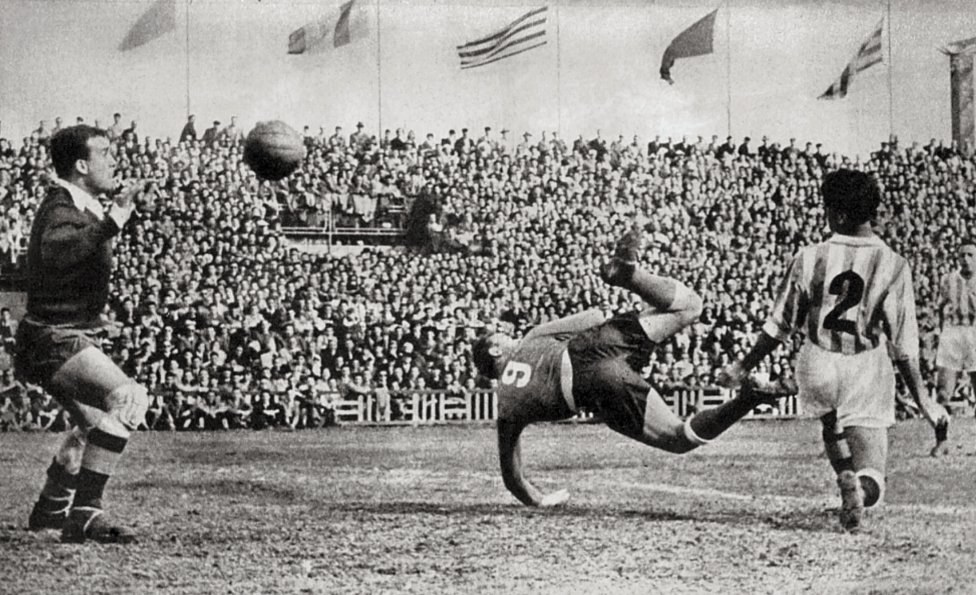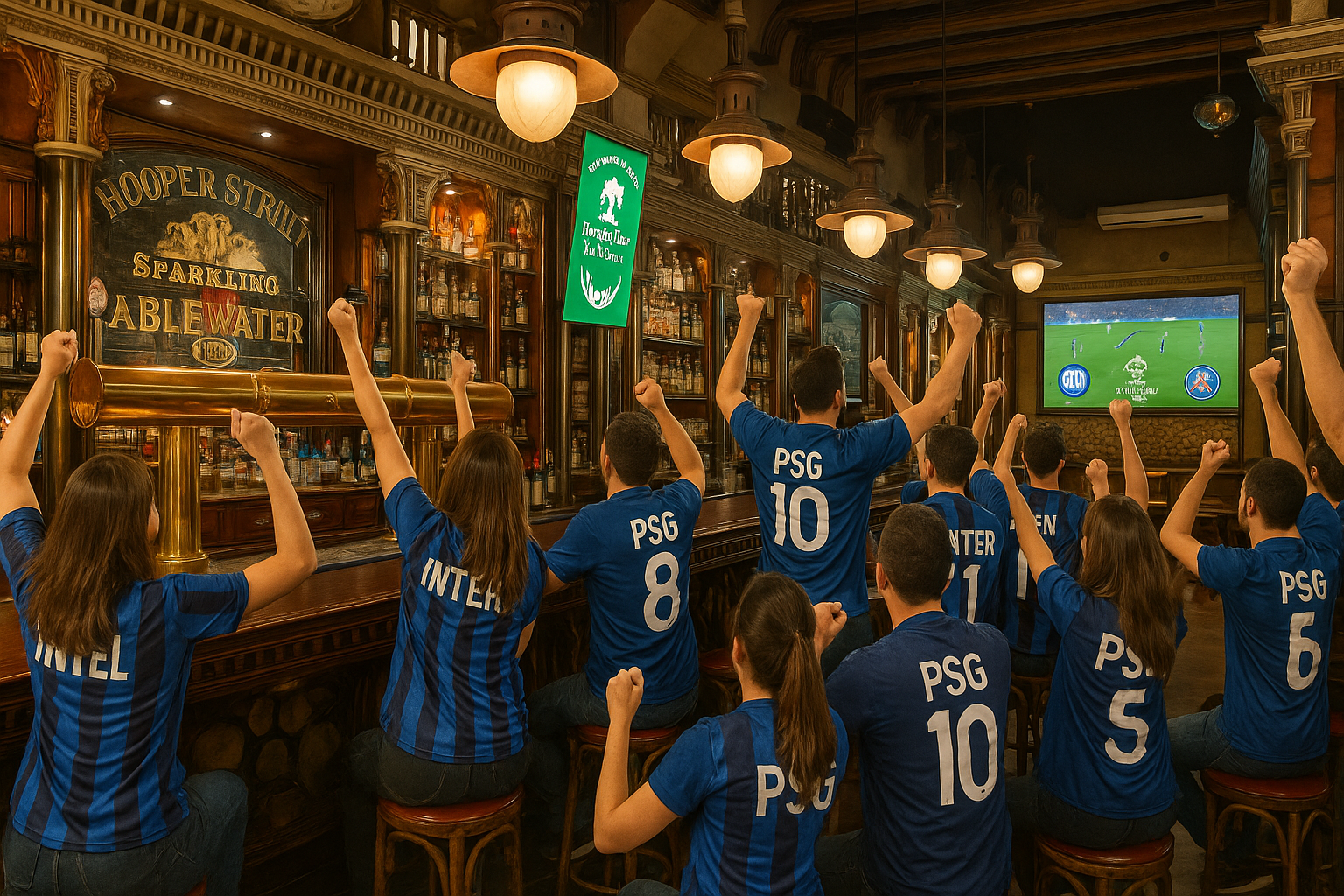Have you ever wondered why soccer is one of the most popular sports in the world? This sport, which is more than 2000 years old, is one of the most followed and practiced in the world and among the infinity of answers and reasons that you can find on the Internet and surveys about the fanatic fervor for football, we have chosen is:
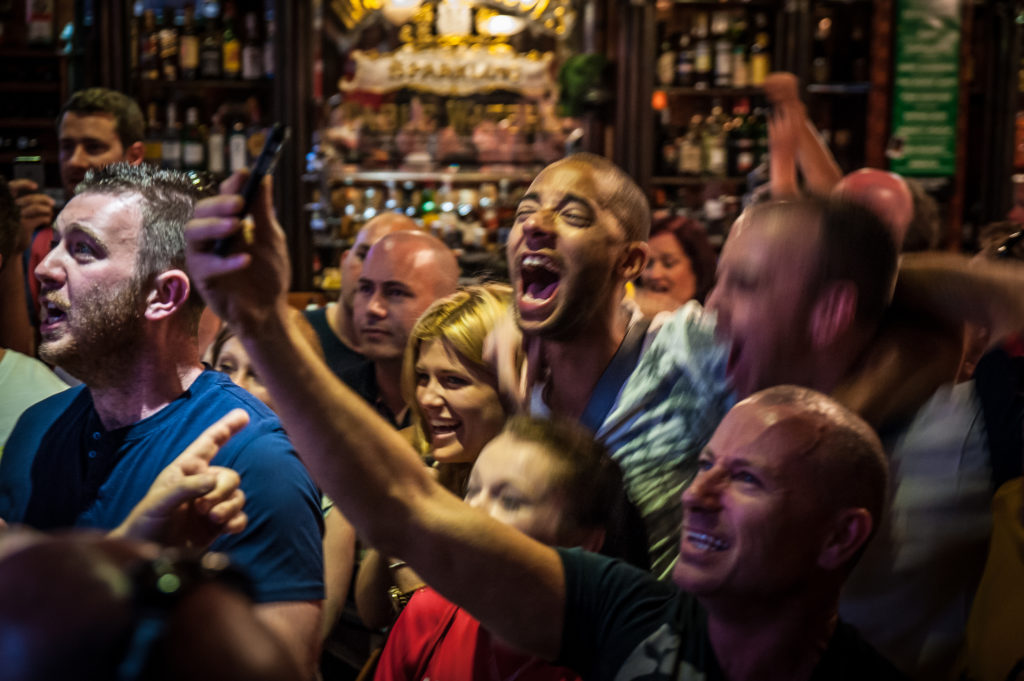
It is not just a sport, it is a passion that unites us
This little improvised phrase shows very well the feeling that is transmitted in the atmosphere of our Irish sports bar after each moment, each play and each goal on the field. The emotions that football awakens are a living testimony of its historical legacy that we will explore through words, deeds and images.
Are you prepared for this trip?
The soccer origins
You have probably heard that the Mayans, the Chinese, the Greeks or even the Romans already played this sport in ancient times and it is true that many of the adaptations of each version are relatively related to the game we know today, although in many of its versions It was known as “the ball game”.
Greece and Rome, a ball meant everything
Today, many representations have been found on pottery, frescoes, and paintings depicting various scenes of games and training for men, women, and children. In these supposed interpretations, positions similar to those carried out by today’s footballers appear.
Although in classical Greece no records were found detailing exactly whether it was football or not… from another perspective, the Romans did make records on different games that involved the use of a ball, by way of regulations or instructions.
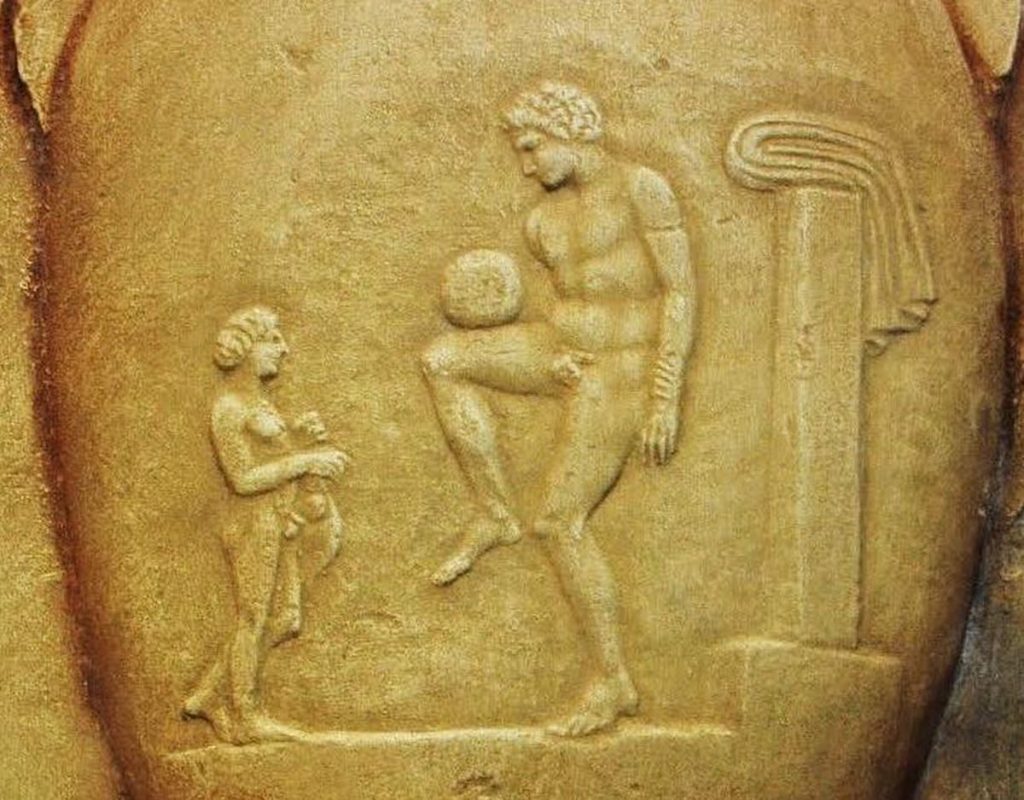
As a curiosity, it is known that both men and women practice this sport using a ball made with animal guts or temporary fillings with bars of soap or wool, some examples are the follis pugillatorius or the harpastum.
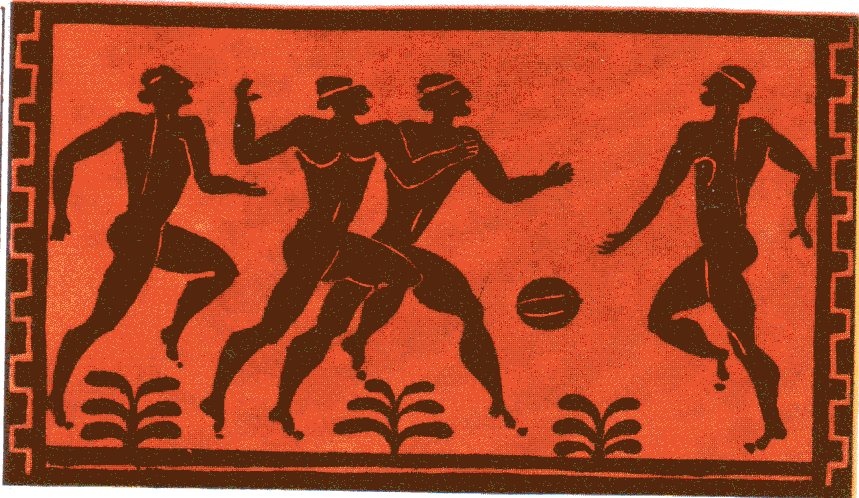
Asia, a combat between warriors
In a similar way to the other origins, 2000 years ago there was a sport closely related to soccer known as “cuju”. The meaning of the word could be translated as “kicking the ball with leather” an indisputable similarity with the basic concept that we understand today as modern football.
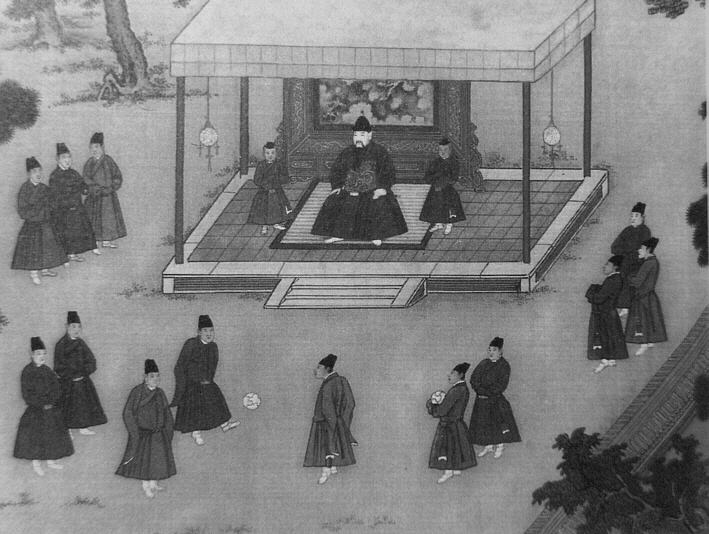
Cuju was originally a military sport practiced by soldiers and sometimes royalty as a hobby or training. The rules were basically to score goals in goals made from bamboo, where the participants could only use their legs and feet to move, pass or kick the ball.
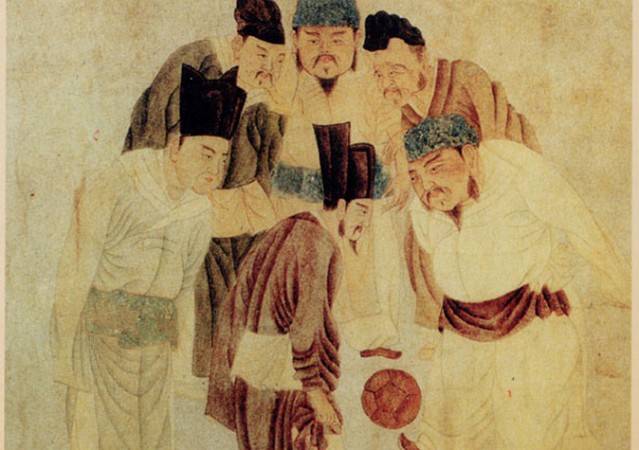
As a curiosity, the blows and pushes between players were allowed, as if it were a pitched battle.
Mayans, much more than a ceremony
Many sources of information cite that the most similar variant to that of modern football and in fact it is the most widespread historically, especially when the Spanish conquerors discovered it. However, unlike the previous ones, it has a deeper spiritual symbology.
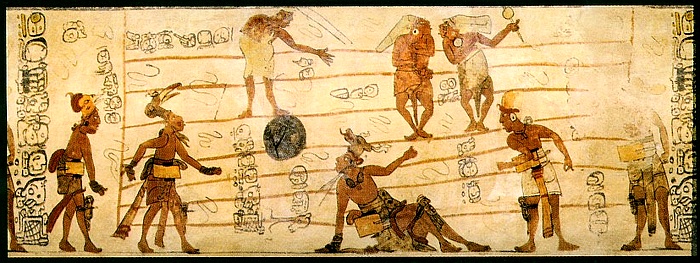
The game represented the myth of creation, the teams represented the opposing forces of good and evil, and the ball represented the cosmic movements of the stars. Games were generally organized to celebrate rituals, in which, in some versions, the losers were sacrificed to the gods.
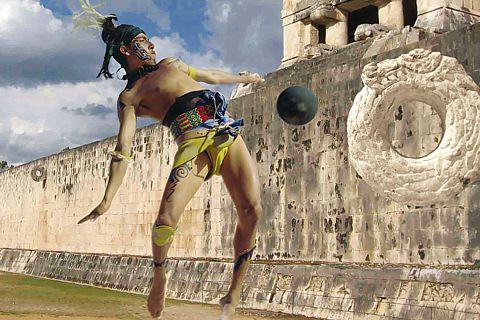
Unlike soccer, the teams were made up of 4 players per team who fought for control of the ball by scoring points on stone hoops attached to the wall. Today this sport is known as “Mayan ball” and is currently practiced (without sacrifices).
England, the true cradle of football
Perhaps it may surprise you but of all the origins that we have presented, the United Kingdom is the official birthplace of football as we know it today. Although at first it was treated as a conventional “ball game” that used to be played between schools, in 1848 different sports associations met to federate the sport.
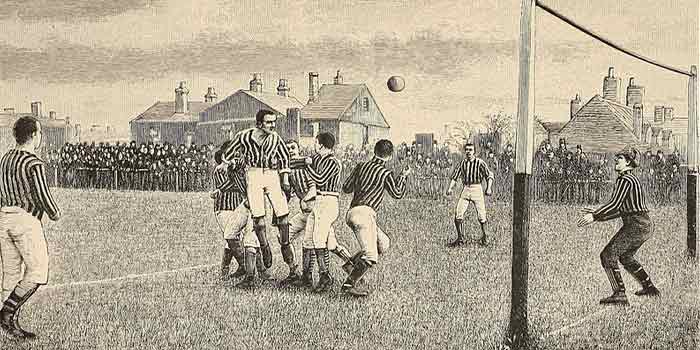
This need to reform the sport is due to the fact that there were no official rules beyond the basic ones and it was chaotic, since, like the “cuju”, blows and the use of the hands were allowed. After the meeting, the International Football Association Board was founded with the aim of regulating the sport and its different associations.
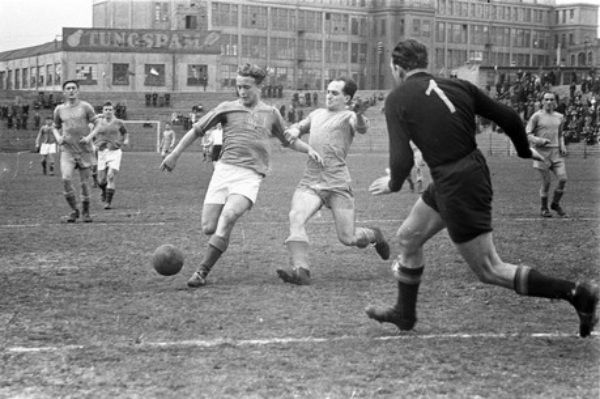
The first official tournament took place in 1856 in a match between English regions; however, it was not until 1886 that the first official regulations and national/international sports associations were fully implemented outside of England.
Did you know all the versions of the origin of football? Certainly, each sport has a great story behind it and for this reason, in order to publicize new curiosities, we will soon share a new article with more historical information about the sports that we broadcast in Temple bar.
